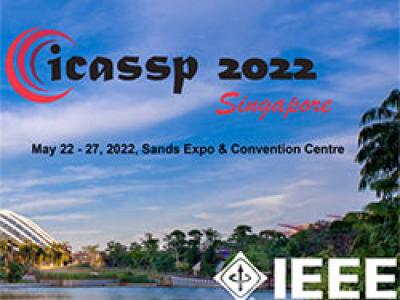
- Read more about FilterAugment: An Acoustic Environmental Data Augmentation Method
- Log in to post comments
Acoustic environments affect acoustic characteristics of sound to be recognized by physically interacting with sound wave propagation. Thus, training acoustic models for audio and speech tasks requires regularization on various acoustic environments in order to achieve robust performance in real life applications. We propose FilterAugment, a data augmen-tation method for regularization of acoustic models on vari-ous acoustic environments.
- Categories:
 20 Views
20 Views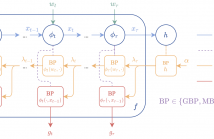
- Read more about Differentiable Programming a la Moreau
- Log in to post comments
The notion of a Moreau envelope is central to the analysis of first-order optimization algorithms for machine learning and signal processing. We define a compositional calculus adapted to Moreau envelopes and show how to apply it to deep networks, and, more broadly, to learning systems equipped with automatic differentiation and implemented in the spirit of differentiable programming.
- Categories:
 7 Views
7 Views
- Read more about Personalized PageRank Graph Attention Networks
- Log in to post comments
There has been a rising interest in graph neural networks (GNNs) for representation learning over the past few years. GNNs provide a general and efficient framework to learn from graph-structured data. However, GNNs typically only use the information of a very limited neighborhood for each node to avoid over-smoothing. A larger neighborhood would be desirable to provide the model with more information.
- Categories:
 17 Views
17 Views
- Read more about One-class Learning Towards Synthetic Voice Spoofing Detection (Poster)
- Log in to post comments
Human voices can be used to authenticate the identity of the speaker, but the automatic speaker verification (ASV) systems are vulnerable to voice spoofing attacks, such as impersonation, replay, text-to-speech, and voice conversion. Recently, researchers developed anti-spoofing techniques to improve the reliability of ASV systems against spoofing attacks. However, most methods encounter difficulties in detecting unknown attacks in practical use, which often have different statistical distributions from known attacks.
- Categories:
 46 Views
46 Views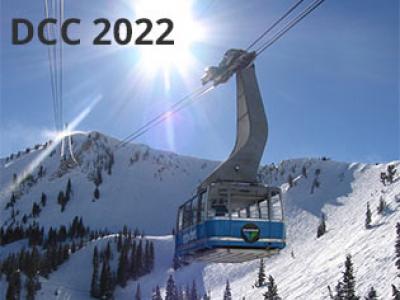
- Read more about Information Preserving Dimensionality Reduction for Mutual Information Analysis of Deep Learning
- Log in to post comments
Mutual information has been actively investigated as a tool for analyzing neural networks' behavior, most notably the information bottleneck theory. However, estimating mutual information is a notoriously tricky task, especially for high-dimensional stochastic variables. Recently, mutual information neural estimation (MINE) was proposed as a non-parametric method to estimate mutual information for continuous variables without discretization. Unfortunately, MINE also produces significant errors for high-dimensional variables.
- Categories:
 46 Views
46 Views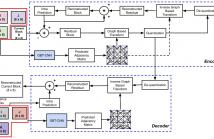
- Read more about Graph-based Transform based on 3D Convolutional Neural Network for Intra-Prediction of Imaging Data
- Log in to post comments
This paper presents a novel class of Graph-based Transform based on 3D convolutional neural networks (GBT-CNN) within the context of block-based predictive transform coding of imaging data. The proposed GBT-CNN uses a 3D convolutional neural network (3D-CNN) to predict the graph information needed to compute the transform and its inverse, thus reducing the signalling cost to reconstruct the data after transformation.
- Categories:
 44 Views
44 Views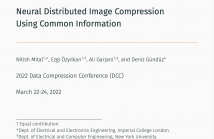
- Read more about Neural Distributed Image Compression Using Common Information
- Log in to post comments
We present a novel deep neural network (DNN) architecture for compressing an image when a correlated image is available as side information only at the decoder. This problem is known as distributed source coding (DSC) in information theory. In particular, we consider a pair of stereo images, which generally have high correlation with each other due to overlapping fields of view, and assume that one image of the pair is to be compressed and transmitted, while the other image is available only at the decoder.
- Categories:
 78 Views
78 Views
- Read more about Deep Correlated Image Set Compression Based on Distributed Source Coding and Multi-Scale Fusion
- Log in to post comments
In this paper, we present a deep correlated image set compression scheme based on Distributed Source Coding(DSC) and multi-scale image fusion. As there exists strong correlation among images in a similar image set, we propose to utilize such correlation to generate side information at decoder side for each image in the set. Specifically, a reference structure of the image set is generated by building a minimum spanning tree according to the similarity between two images at encoder.
- Categories:
 49 Views
49 Views
- Read more about Neural JPEG: End-to-End Image Compression Leveraging a Standard JPEG Encoder-Decoder
- Log in to post comments
Recent advances in deep learning have led to superhuman performance across a variety of applications. Recently, these methods have been successfully employed to improve the rate-distortion performance in the task of image compression.
- Categories:
 37 Views
37 Views